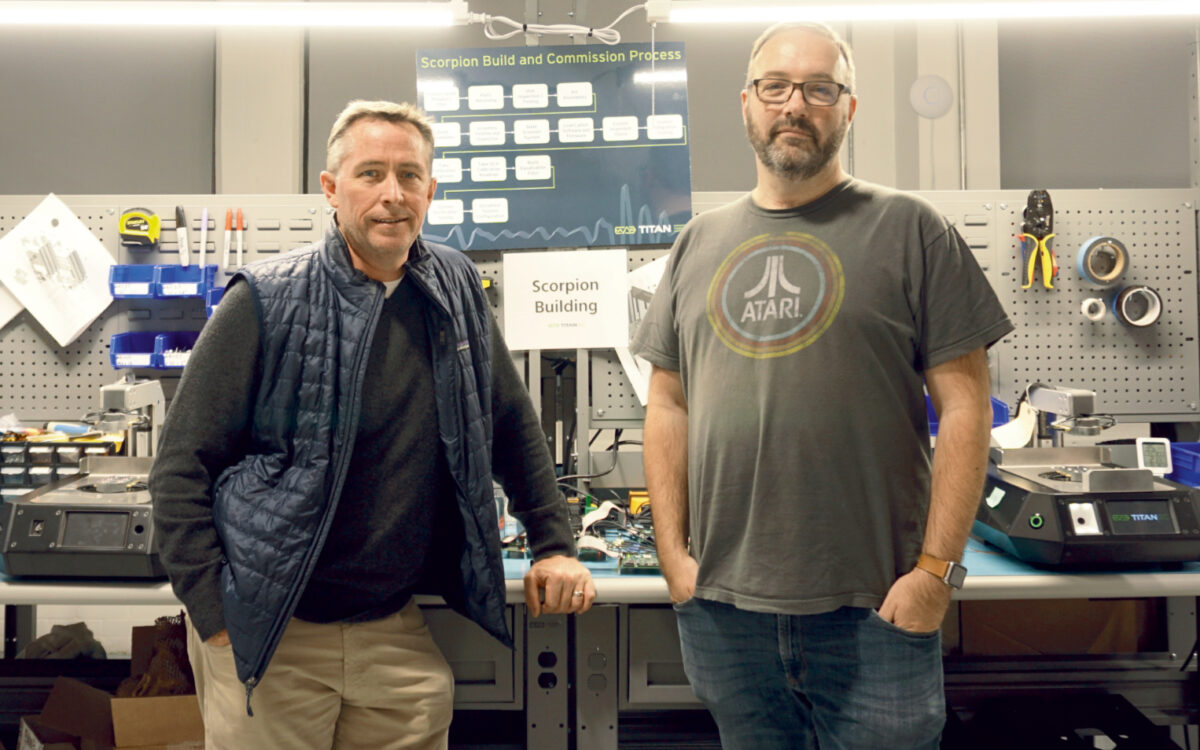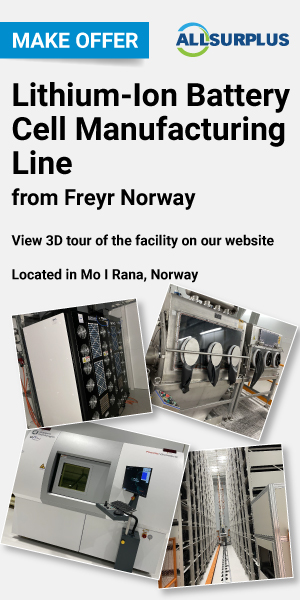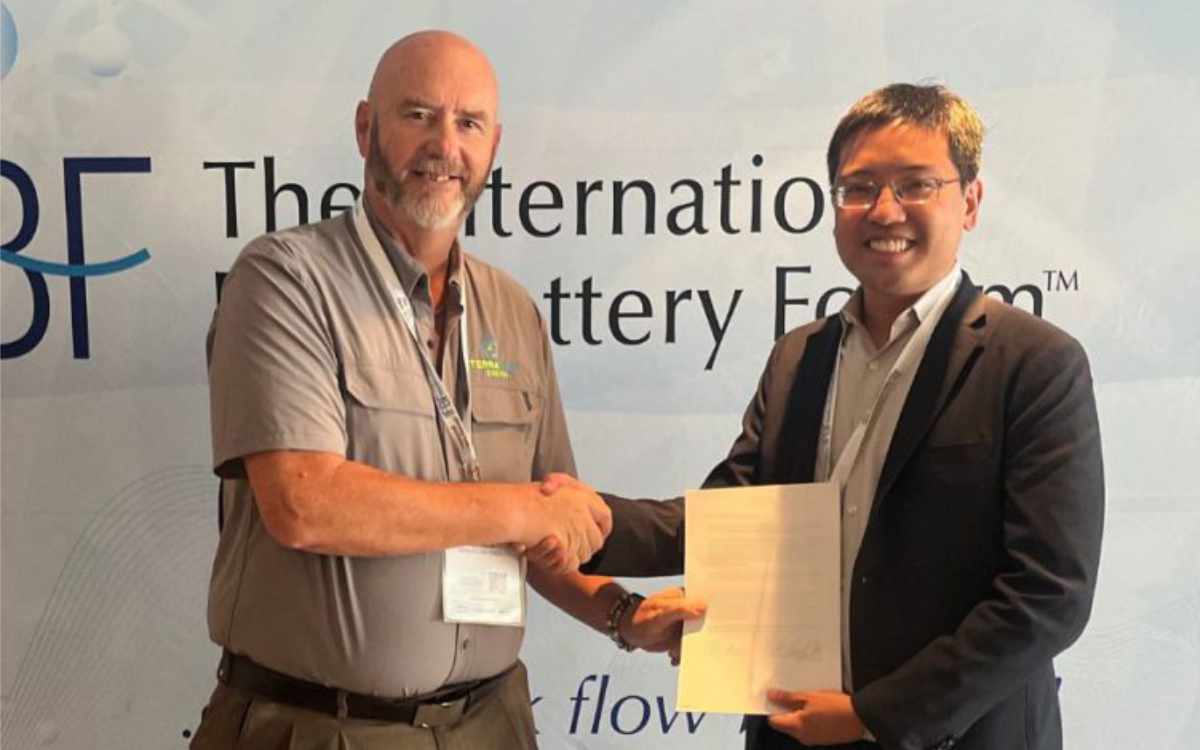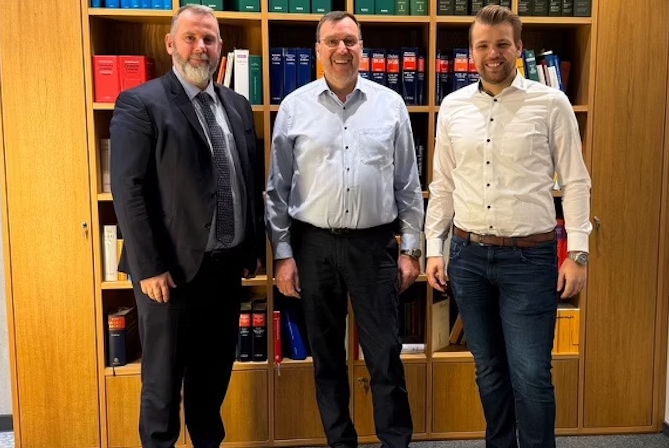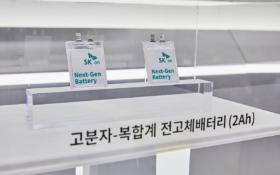Amid the plethora of lithium-ion battery testing systems devised to make the process of determining if a battery is ready for recycling or second use it can be easy to think “so what’s new?” A Massachusetts, US start-up believes the answer lies in ultrasound. BEST speaks to Titan Advanced Energy Solutions’ founder Shawn Murphy to find out more.
Demand for lithium-ion batteries shows no sign of slowing— but with questions over the efficacy of the materials supply chain, the need to establish a ‘circular economy’ starts to be more . . .
to continue reading this article...
Sign up to any Premium subscription to continue reading
To read this article, and get access to all the Premium content on bestmag.co.uk, sign up for a Premium subscription.
view subscription optionsAlready Subscribed? Log In

